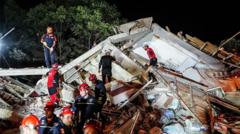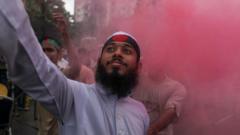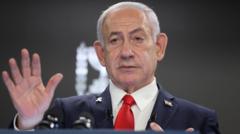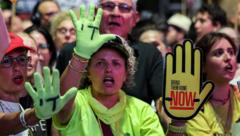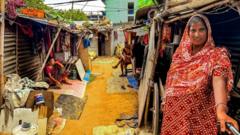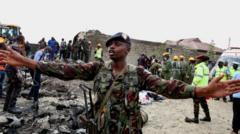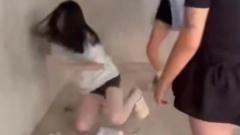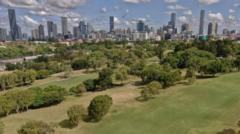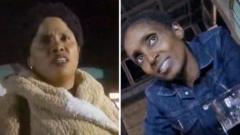In a series of violent protests across Kenya, eight demonstrators have died and more than 400 have been injured as tensions escalate between citizens and government forces. The unrest follows widespread discontent with President William Ruto's leadership, compelling many Kenyans to voice their frustrations despite a government clampdown on media coverage.
Nationwide Protests in Kenya Result in Tragic Death Toll Amid Government Crackdown
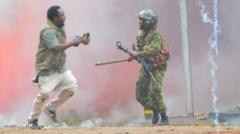
Nationwide Protests in Kenya Result in Tragic Death Toll Amid Government Crackdown
Eight lives have been lost and hundreds injured during protests against President William Ruto's administration, igniting a serious national crisis.
Nationwide protests erupted in Kenya, claiming the lives of at least eight individuals and injuring over 400 others, according to medical professionals and human rights organizations. The demonstrations, sparked by discontent with President William Ruto's government, saw thousands of participants chanting "Ruto must go" while brandishing branches as a symbol of peaceful resistance.
Despite the government's ban on live television and radio coverage of the protests, a High Court in Nairobi lifted the prohibition, allowing media coverage to resume. Addressing the situation, President Ruto urged demonstrators to avoid actions that could endanger peace and stability in the nation, emphasizing the shared responsibility of Kenyans to maintain safety. His speech occurred during a funeral in the Kilifi region, notably absent from his official residence as protesters attempted to reach it.
To control the crowds, police employed tear gas and water cannons while erecting barricades and razor wire around key locations, including State House and parliament. These protests coincided with the anniversary of significant unrest from the previous year, which resulted in 60 deaths after demonstrators breached parliamentary security.
Although the government has not released its own casualty figures from the latest protests, a coalition of medical and legal associations contended that eight protestors were killed, among which were also three police officers injured. Eyewitness Amina Mude voiced her concerns about the future of the country, particularly in education, arguing that the government must heed citizens’ calls for change.
Visual evidence depicted tear gas clouds engulfing urban areas, leading to chaotic scenes as protesters sought shelter. Meanwhile, symbolic tributes emerged, with wreaths and notes displayed on the fences surrounding parliament, memorializing victims of last year’s demonstrations.


